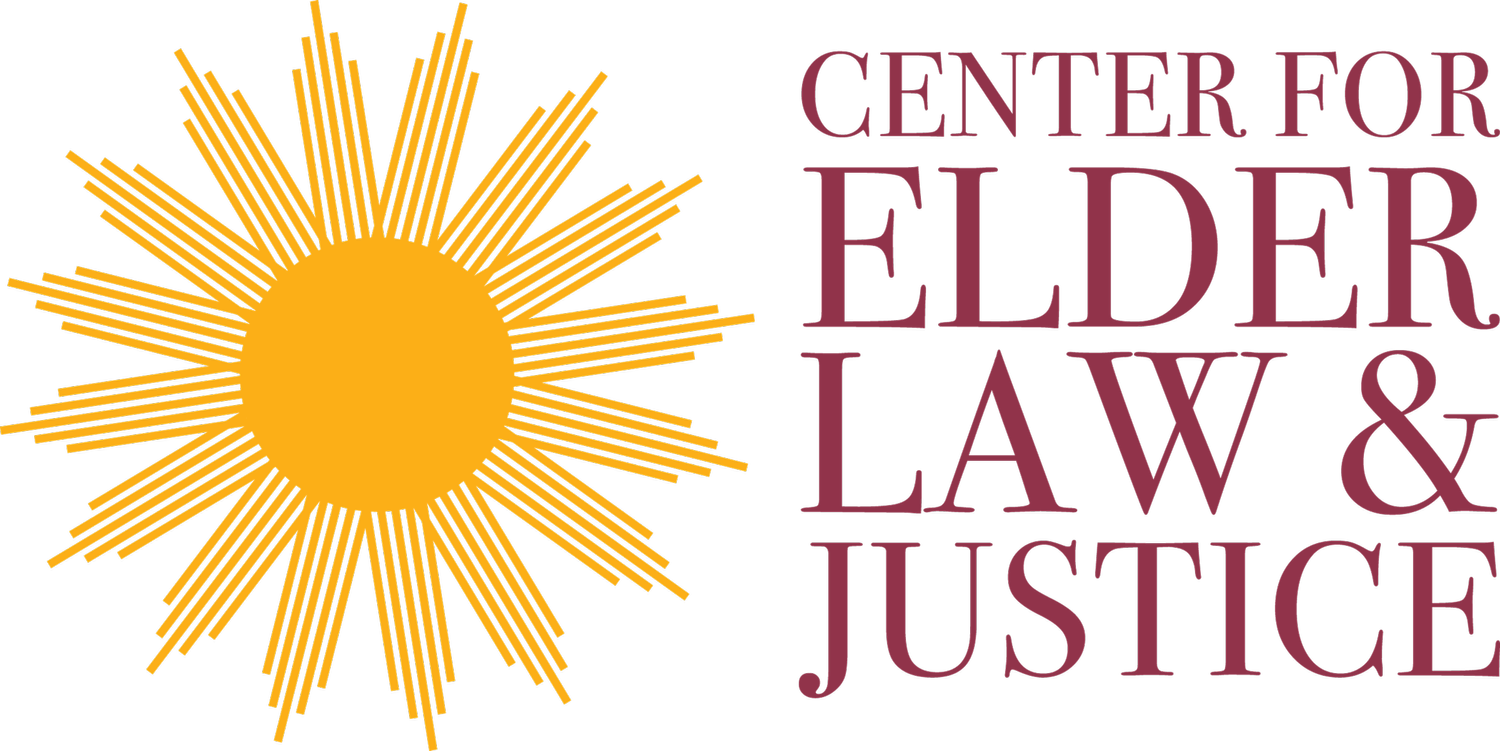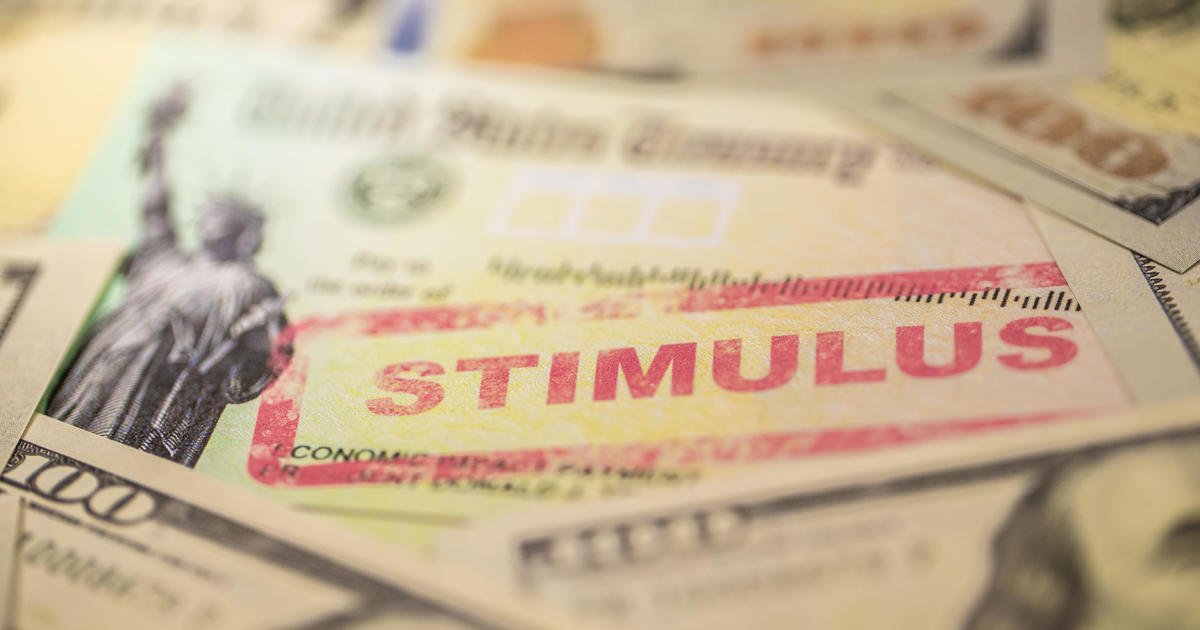Stimulus Check Payments & Nursing Home Residents
Have a quick question for a lawyer? Call our FREE Legal Advice Helpline for New Yorkers 55+ at: 1-844-481-0973
On Dec. 21, 2020, Congress passed a new economic stimulus bill that included a second round of economic impact payments (also called stimulus checks or IRS payments). Eligible individuals qualify for up to $600 and with the IRS reporting that two thirds of payments have already been sent, here is what nursing home residents, their family, and advocates need to know. Individuals who live in nursing homes are eligible to receive the Payment, and since Medicaid is the primary payer of nursing home care, the majority of nursing home residents will likely receive the full payment of $600.
Does the Payment impact a resident’s Medicaid eligibility?
No. The second round of payments uses the same language as the first stating that any payment “made to an individual under this title shall not be taken into account as income, and shall not be taken into an account as resources for a period of 12 months from receipt, for purposes of determining the eligibility of such individual for benefits or assistance under the Federal program or under any State or local program financed in whole or part with Federal funds.” In other words, the Payment does not count as income towards government benefits including Medicaid (and SSI). However, if the funds are not spent within 12 months, the funds may be counted as an asset (resource) which could impact Medicaid eligibility for the following year. In addition, because the funds are not considered income, the money will not have to be given to the nursing home as part of the residents Net Available Monthly Income (NAMI).
How will the Payment get to the residents?
The IRS will deliver payments to the same locations where it sent the first stimulus payments. The Payment is based on the resident’s tax returns (if applicable) from 2018 or 2019, and is issued based on how the resident filed the tax return. For example, if the resident filed with direct deposit, the payment will be sent to that account. Otherwise, a check or debit card will be mailed to the address used in the 2018 or 2019 tax return, whichever is the most recent filing. For residents who do not file taxes, and receive Social Security benefits, Supplemental Security Income (SSI), Railroad Retiree Benefit, or Veteran Benefit payments will be issued to the account they receive their benefits. During the first round of payments we saw that this has the potential to be problematic for many reasons including: when the nursing home is the resident’s representative payee, and when residents have not been informed of the Payment. If a resident or resident representative is unsure of where the Payment was (or will be) sent, they may want to review information available on https://www.irs.gov/coronavirus/get-my-payment and/or contact the facility. The second round of payments will be made through Jan. 15, 2021. Individuals who find that they never receive their payment will be eligible to claim the benefit on their taxes during the next tax season. The IRS may create a separate form for individuals who do not file taxes and do not receive their second payment. This is also true for individuals who did not receive the first payment.
What is the facility’s responsibility in handling these payments? Are there specific rules that must or should be followed?
Every resident has the right to manage their financial affairs. As detailed in our Resident Right: Finances Overview (accessed at https://elderjusticeny.org/wp-content/uploads/2019/02/Nursing-Home-Resident-Right-Finances.pdf) if a resident chooses to deposit personal funds with the facility, the facility must act as a fiduciary of those funds and hold, safeguard, manage, and account for the funds deposited by the resident with the facility. This includes the federal Payment. For residents who choose to deposit personal funds with the facility, the facility is required to issue quarterly statements to the resident, and also by resident request. For residents whose care is paid for under Medicaid: The facility must deposit the residents’ personal funds in excess of $50 in an interest bearing account that is separate from any of the facility’s operating accounts. Ideally there is such an account for each resident who chooses to deposit funds with the facility. However, the funds can be in a pooled account so long as there is a separate accounting for each resident’s share. The $50 amount is referred to as the Personal Needs Allowance “PNA”. For other residents: Same rules apply as stated above, except any amount in excess of $100 must be deposited in an interest bearing account. For all residents: It is the facility’s responsibility to ensure residents have access to their funds. This means, such resident requests must be honored by facility staff as soon as possible, but no later than:
The same day for amounts less than $100 ($50 for Medicaid residents); or
Three banking days for amounts of $100 ($50 for Medicaid residents) or more.
As such, if a resident chooses to withdraw the entire Payment of $600, the facility must provide the resident with the $600 within three banking days. (It should be noted that unless the resident is going to quickly spend the money, doing this is risky.)
What happens to the money when the resident is discharged or expires?
Upon the discharge or death of a resident with personal funds deposited with the facility, the facility must convey within 30 days, the resident’s funds (including the PNA) and the accounting of those funds to the resident. In the event of resident death, those remaining funds will go to the resident’s estate. As such, if the Payment is deposited with the facility and is not spent (either in part or full), the Payment follows the resident or the resident’s estate.
How can the Payment be spent?
The Payment should be spent at the resident’s directive. There are no limitations on the funds, and residents should be able to spend their Payment like they would be able to if they lived in a community home. Examples of what residents may want to spend the Payment on include: a cellphone or telephone in their room, television or other electronic device, personal internet access, clothing, books, etc. While residents can spend their Payment as they want, we do caution that some residents may be at risk for financial exploitation or other forms of abuse. Residents should be cautioned against using the Payment towards items that would count as a resource, for example, collectible coins as it could impact Medicaid eligibility. Again, the Payment is for the resident, and not for the facility to spend. Residents should not be pressured or required to spend their Payment on items/services Medicare and/or Medicaid will cover, or bills owed to the facility. If a resident has a representative with legal access to the Payment (for example, Guardian or POA), that representative should act within the scope of their legal authority and spend the Payment as the resident directs (if able) or spend the Payment as the resident would have wanted. If a resident no longer has capacity and does not have a Guardian, POA, or active family to direct how the Payment will be spent, the questions to ask are who controls the resident’s funds and where did the Payment go? If there is no one to direct how the funds will be spent, the facility should spend the money on items in a manner the resident would have wanted, or if that is unknown, in a way to benefit the resident. For example, the Payment could be used on music therapy or a robotic therapy pet.
Can the Center for Elder Law & Justice help if I have questions about the Payment or concerns about coercion, financial exploitation and other forms of abuse?
Yes. We are open and available to answer your questions about the Payment and assist with concerns about coercion, financial exploitation, and other forms of abuse. We have a free legal advice helpline that is open statewide for those 55 and older, and can provide answers to brief legal questions including questions on the payment. For assistance, call 1-844-481-0973 any time and leave a message, or between 9am-11am to reach an attorney directly. Individuals can also e-mail helpline@elderjusticeny.org with their name and phone number. All messages will be returned within 1 business day. In addition, our office is open for new intake, and can be reached (716) 853-3087.
PLEASE NOTE: This information provided above is subject to change and should not be construed as legal advice.
Check out the nursing home resident rights playlist on our new YouTube Channel!

